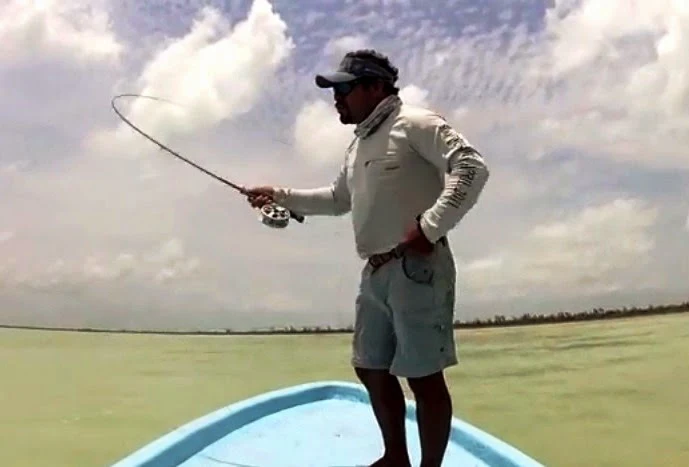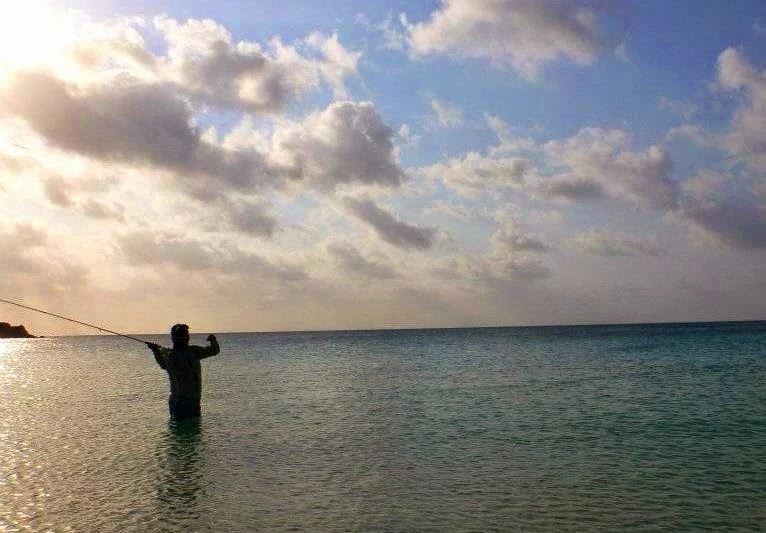The villain from Cormac McCarthy's No Country for Old Men, Antone Chigurh, soliloquizes rather elegantly especially for a homicidal psychopath regarding fate when he encounters a gas station clerk, He proceeds to explain that the clerk's fate is about to be decided by a flip of a coin. In wonderment, he details that the clerk and coin have traveled through time, distance and happenstance to converge on that very moment when the clerk might live or die. I've often pondered the same peculiarities of fate when placing a fly in front of a fish especially a migratory fish. I'm amazed that my plans placed me on that flat, at that tide, at that moment in order to place a hunk of fur and feathers in front of that tarpon, bonefish or permit who at that moment in time decided to be in that same place possibly ignoring other similar offerings but now wants to destroy my offering. Wow. I think of all the preparation that we take, all the money we spend, all the gear prepping we do to essentially deliver a fly to that fish. Kind of crazy when you consider that all that effort and dollars are consumed to insure a 1-0 hook gets to its fated destination in front of Mr. Bucket Mouth. All these factors we fine tune to near perfection but for some reason we all will frequently skimp on the most critical aspect of this dance of angling fate, our cast.
 |
| Candy |
 |
| Charlie - Palometa Club |
 |
| Ascension Bay Permit |
When making longer casts, I've learned to employ a little bit of wrist snap in my forward and back casts. I find this especially helpful in that troublesome headwind. Most of us were taught to keep our wrists stiff like a board when we first learned flyfishing but as you progress in length of cast, you need to slightly increase the travel of your rod tip, A wrist snap can help this more efficiently and keep that loop nice and tight.
Lastly I find that practicing while trying to tighten up my forearm muscles helps me deal with big fish fever when I'm standing on the casting platform. Yes, it's exactly what you don't want to do but doing so in practice helps make me much more aware of NOT doing it during the real McCoy. Kind of weird, but it works for me.
So I'm sending out a warning to Mr. 3 digit tarpon, start prepping. I'm doing all I can by practicing my casts and my technique. Hell, I'm going to work on my left handed cast as well. I'm doing everything in my power to deliver that fly to it's fated destination. Sir Tarpon, I expect you to prep by getting yourself faster and able to jump that much higher to such an extent that my knees knock and my extremities shake. We have a date with destiny. I'll see you soon.
Charlie Chambers
























No comments :
Post a Comment